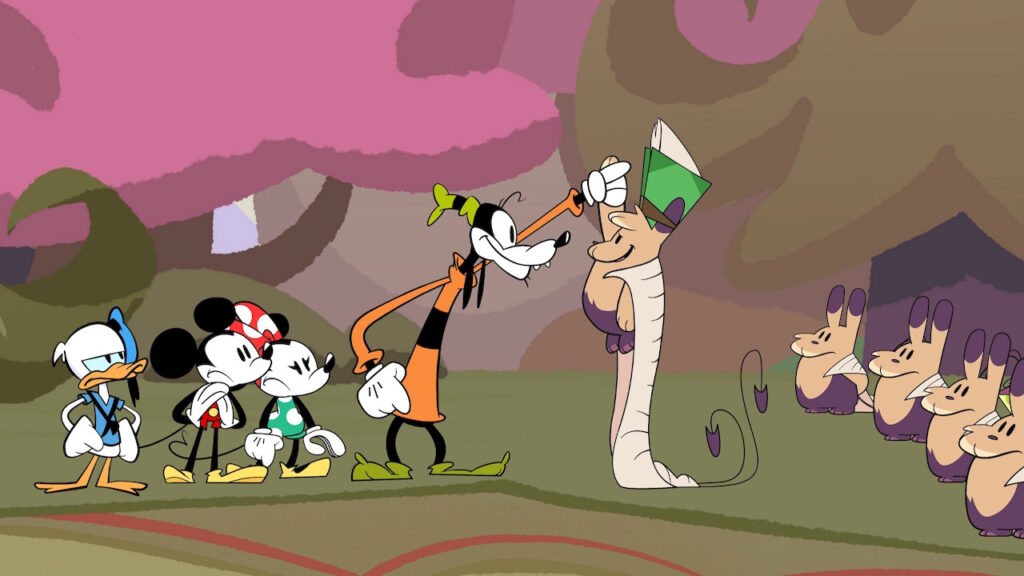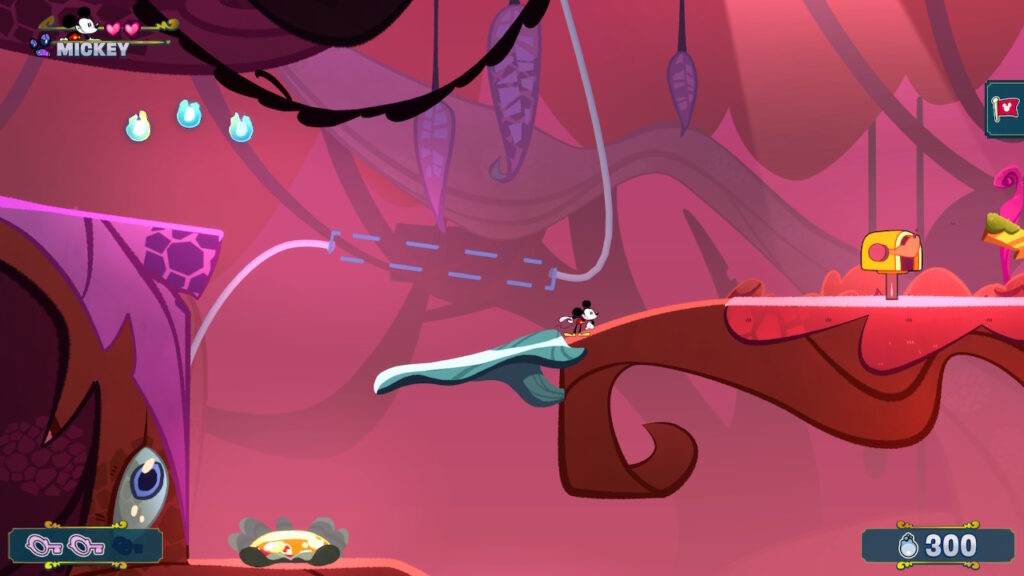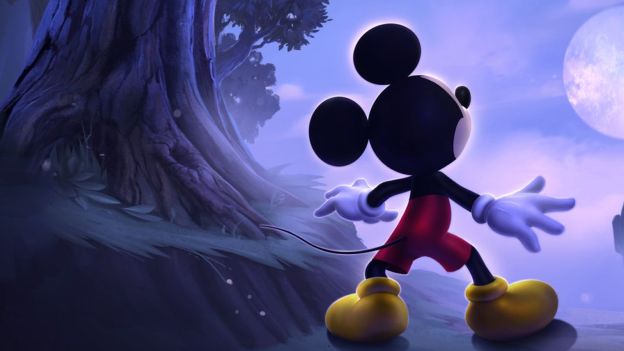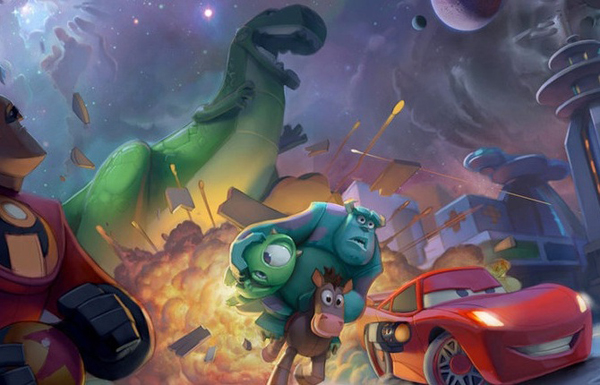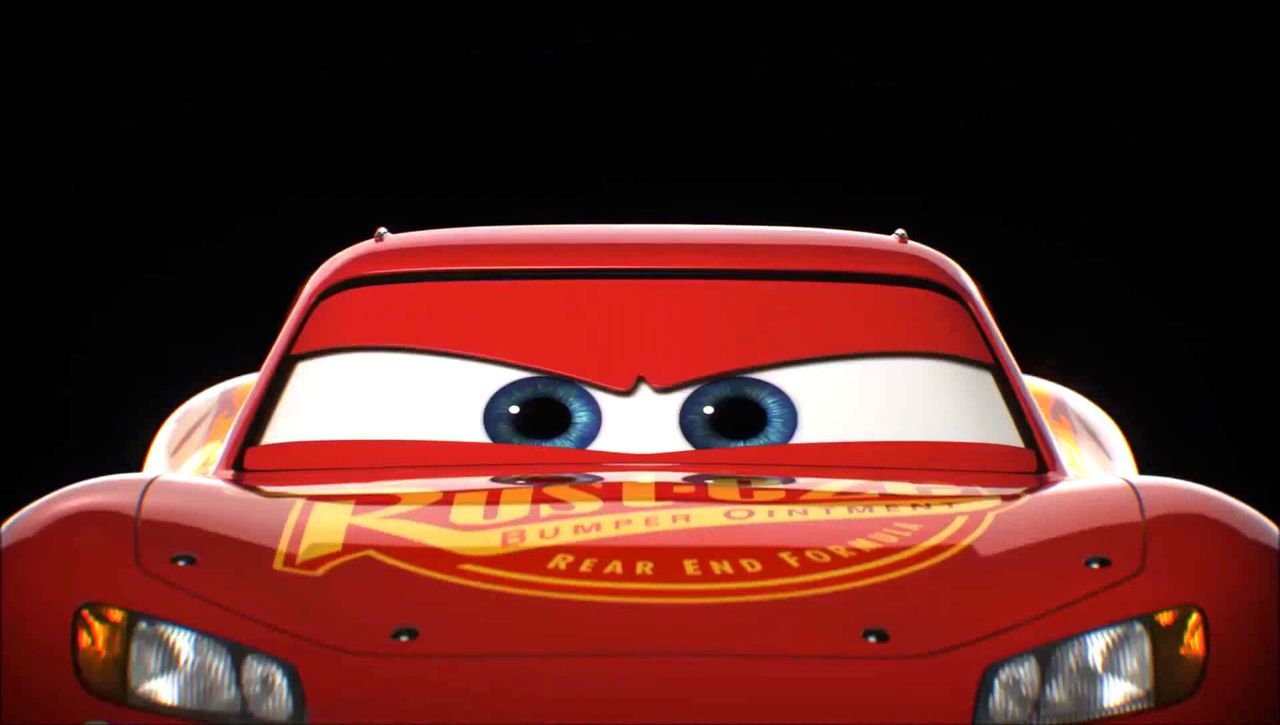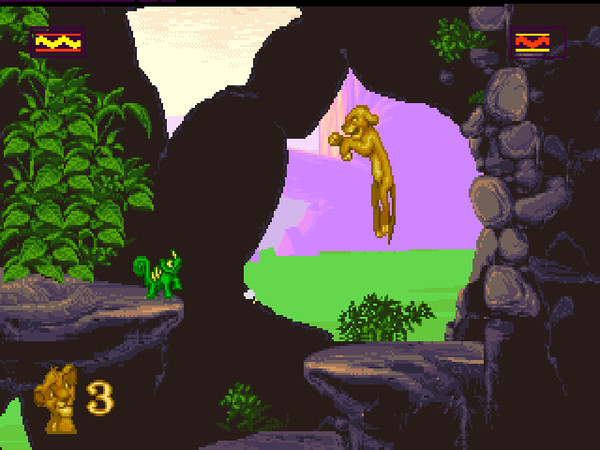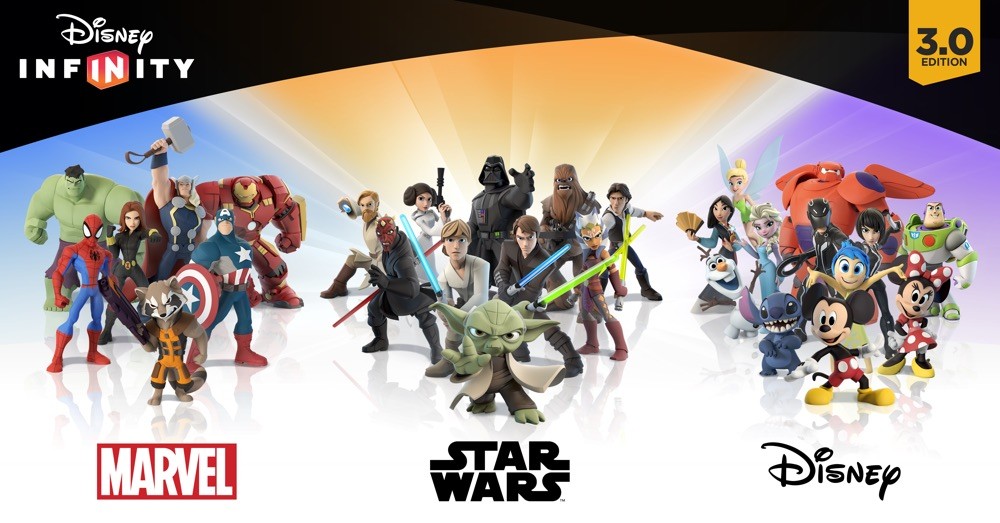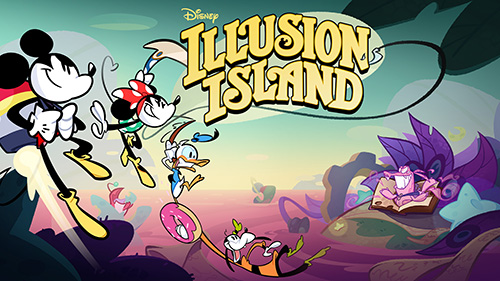
Disney Illusion Island feels like a lot of other things without quite being them, if that makes sense. The writing and visual style is clearly influenced by the recent spate of Mickey Mouse cartoons from Disney, where the characters are allowed to be a lot more animated and wacky rather than the glossy mascots they’d fossilised into in past decades, but it’s not exactly the same. The gameplay takes very obvious and visible direction from the Ori series, with a focus on exploration across an interconnected 2D map, opening up new pathways with abilities in a Metroidvania-esque way, but it adds four-player co-op and removes most of the combat. Even the title Illusion Island alludes to Sega’s famous line of classic Disney games from the 90’s, games like Castle of Illusion and World of Illusion, but the game doesn’t resemble those games in any other significant way. That’s all to say that playing Illusion Island as an adult with a long memory can feel a bit weird, even if the whole comes together as a perfectly amiable experience best enjoyed by today’s younger generations.
Mickey, Minnie, Donald and Goofy all find themselves drawn to the titular island with the promise of a picnic, before realising they have been tricked by the fuzzy Hokuns, who value their reputation as heroes. They beseech the four to rescue three magical Tomes missing from their library that protect their people, beginning a quest which lasts about 7 hours or so of playtime. The story has scattered cutscenes, some quite lengthy, that have a more modern sense of humour than you might be expecting from these older Disney characters, but also makes them feel right at home among the more meta cartoons that kids today seem to be into.
Gameplay is almost entirely platforming and exploration, as you guide your selected character around the island, slowly unlocking more and more traversal abilities to make your journey easier, as well as to unlock new areas. These include abilities like double jumps, rope swings, wall-jumps and so-on, with most of the hazards faced during the game being invincible. Enemies and their patrols are purely there to be avoided to make platforming more challenging, rather than involving combat in any real way. Even boss battles have you damaging bosses in an indirect fashion involving platforming, rather than straight-up attacking your opponent. On the one hand, this makes the game fairly safe and easy to enjoy for younger players, especially to play with siblings or parents. On the other, for more experienced players it does start to feel more and more repetitive as time goes on, even as new abilities get activated. With frequent checkpoints, unlimited lives and user-selectable number of hearts, the challenge overall is fairly mild as well.
Of course, with four Disney characters available, the game supports 4-player co-op, although it works just as well if not slightly better as a single-player game. There are some cute co-op exclusive features, such as being able to boost a player to jump higher, drop a rope for them to climb or just hug in the middle of the playfield, but there’s also the fact that this is an exploration-focused game style with plenty of backtracking and planning required in order to collect everything, and adding in more players just enhances the confusion. There’s also the fact that many areas just don’t have a lot to collect, meaning the fastest player is always going to be one doing the most, with everyone else simply following.
Collectibles are strewn around the map, which when viewed on the pause screen really does look near-identical to Ori, and these are meant to entice you to explore every inch of the world, although the rewards mostly come in the form of a gallery that unlocks more and more pieces of art as you progress, which if you’re anything like me, you’ll stop checking after a while. Without substantial rewards for exploration, the Illusion Island journey can feel a little rudderless, just repeating the same actions again and again in slightly different environments.
Illusion Island‘s art-style resembles a lot of concept art I’ve seen for animated movies, translated directly into the game. In many ways it resembles what the teams behind the Rayman Origins and Legends games were going for with their UbiArt designs. Environments are filled with pastel colours and broad strokes, with odd plants and eyeballs glaring at you from various parts of scenery. In theory there are different areas of the island which all have their own theme, for instance a jungle, or an invention-driven city, but the art style also somehow tends to make them all blend together. No one area feels significantly different to the other, with the exception of some underwater sections. With that said, the main characters are all quite cute, and they each get their own unique variations on major abilities, with their own unique animations. For instance, Mickey’s double jump features a jetpack, Minnie’s has a paper-plane, Goofy gets a spicy chilli pepper and Donald gets a rocket. The cutscenes as well look straight out of something you’d find on Disney+.
I think for a lot of families Illusion Island would be a great idea, as it features a fun, updated take on classic Disney characters and combines them with a formula that is easily enjoyed by younger players, or with their friends and family. While the core platforming mechanics are solid and enjoyable, the game also feels a little too slight and safe for older audiences, particularly in co-op, and lacks the challenge, reward and addictiveness of something like Ori and the Will of the Wisps. That said, there’s plenty to enjoy for a family audience, and at a more budget-friendly RRP, there’s a chance a new generation could latch onto Disney’s Illusion brand once again.
This review is based on code provided by Nintendo Australia.
-Pleasant variation on Ori's formula, with plenty to explore -Great music and generally amusing, modern script -Cute touches like co-op hugging -Relatively non-violent for younger audiences
-Not as engaging, thrilling or addictive as the games it's influenced by -The art style, while initially unique, tends to make every area blend together

